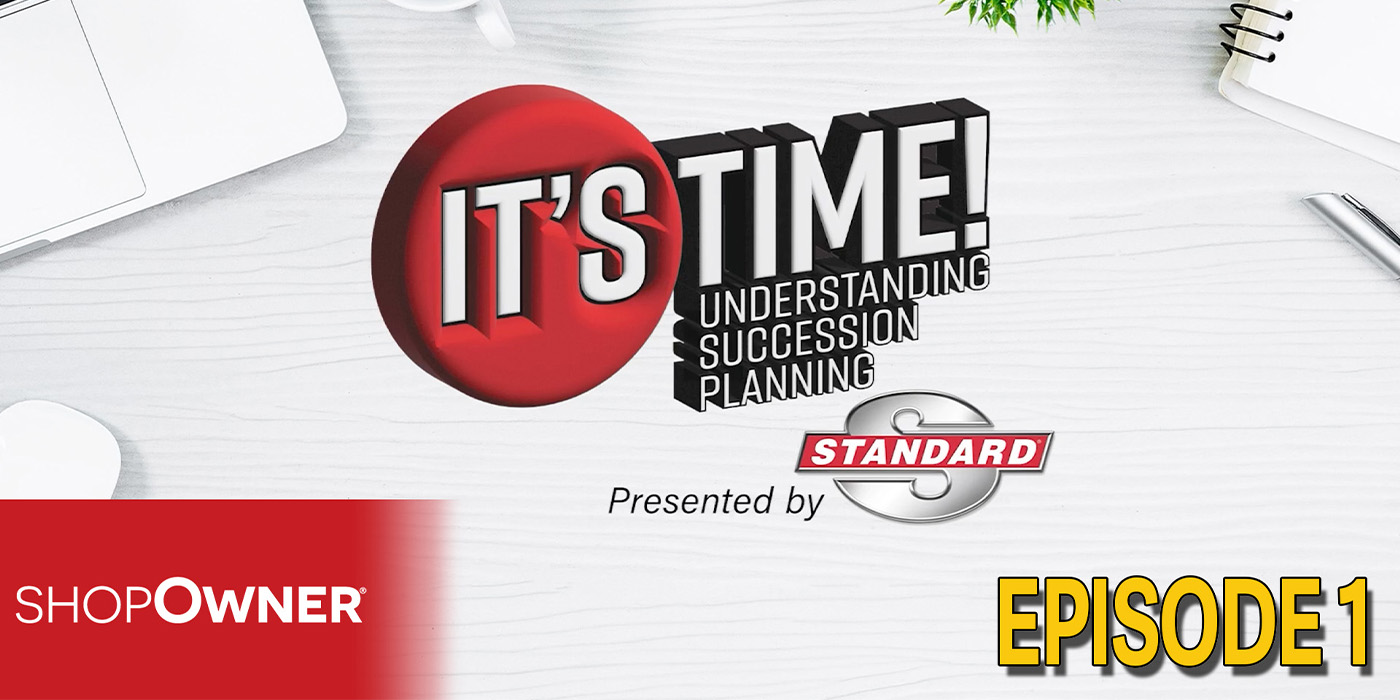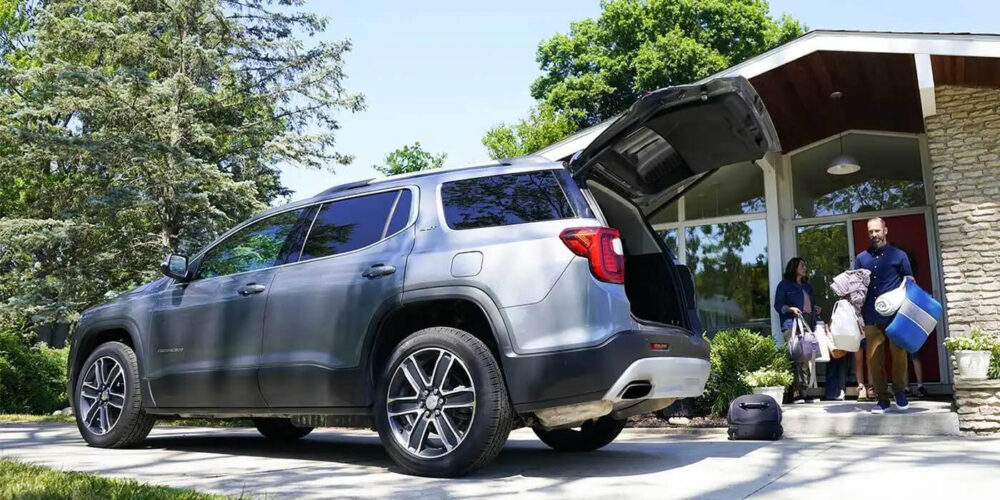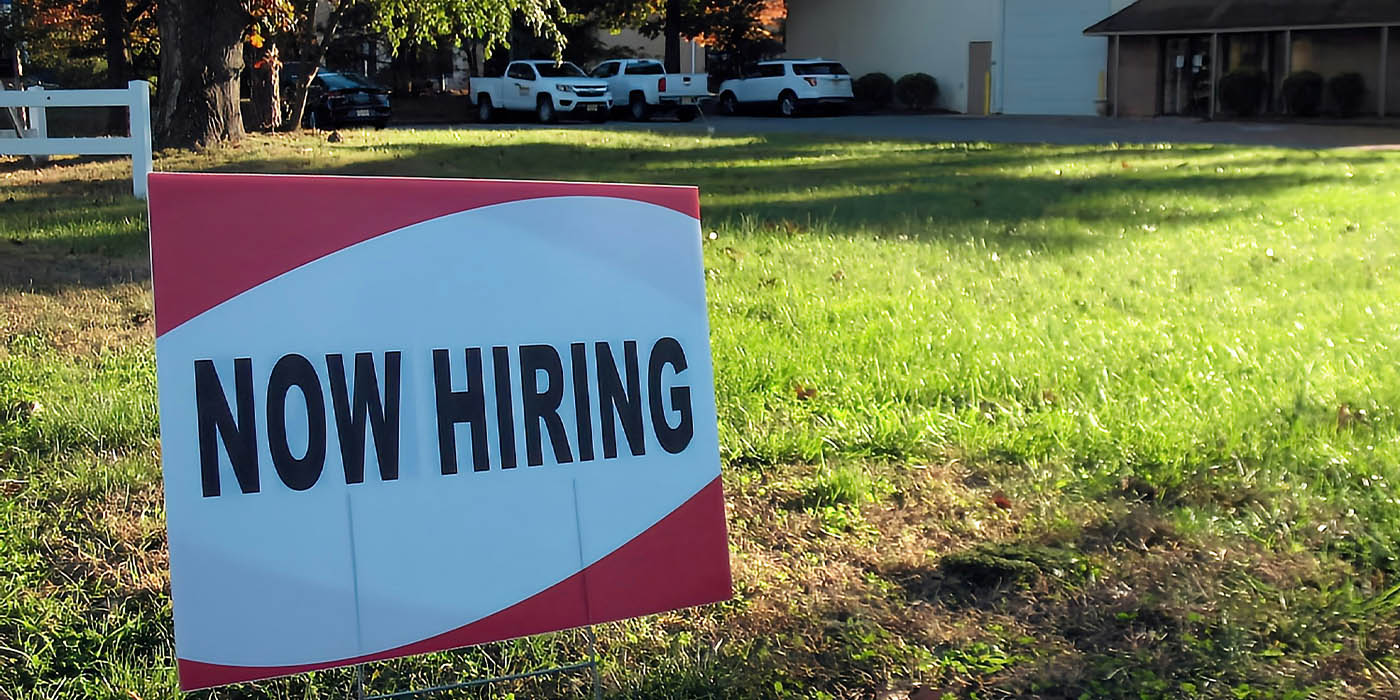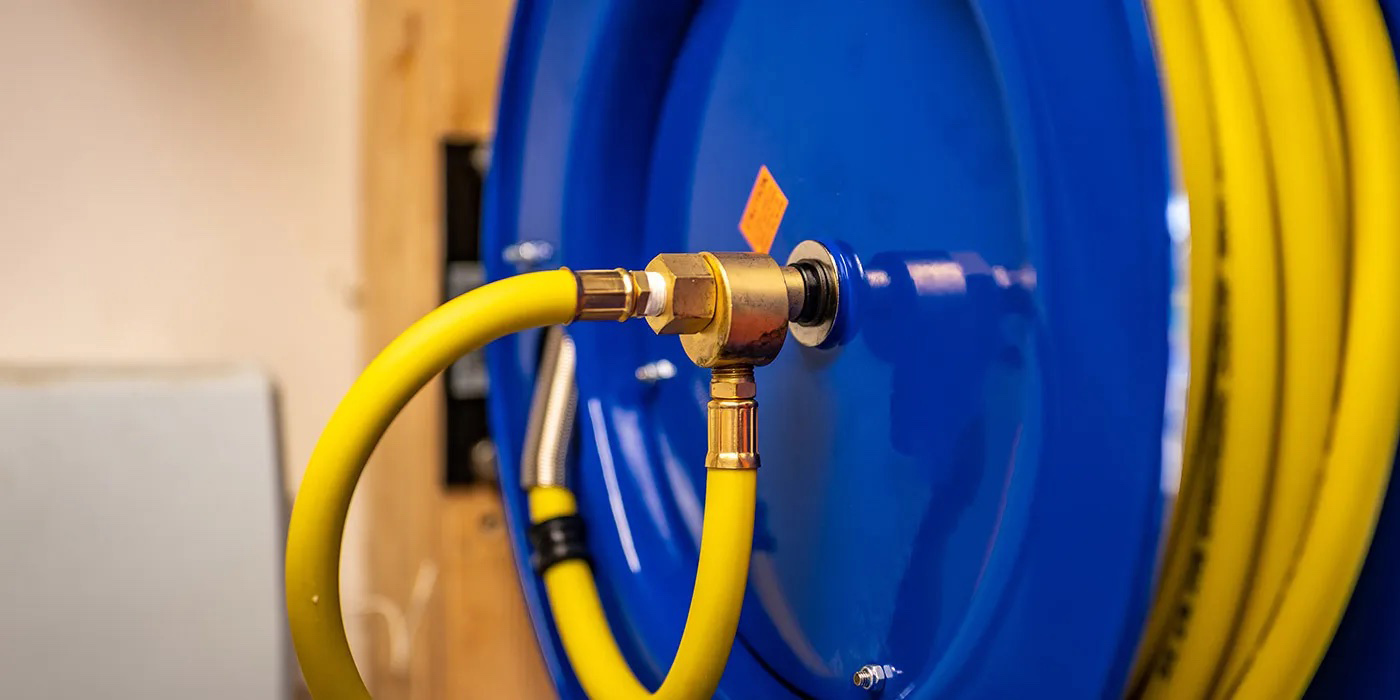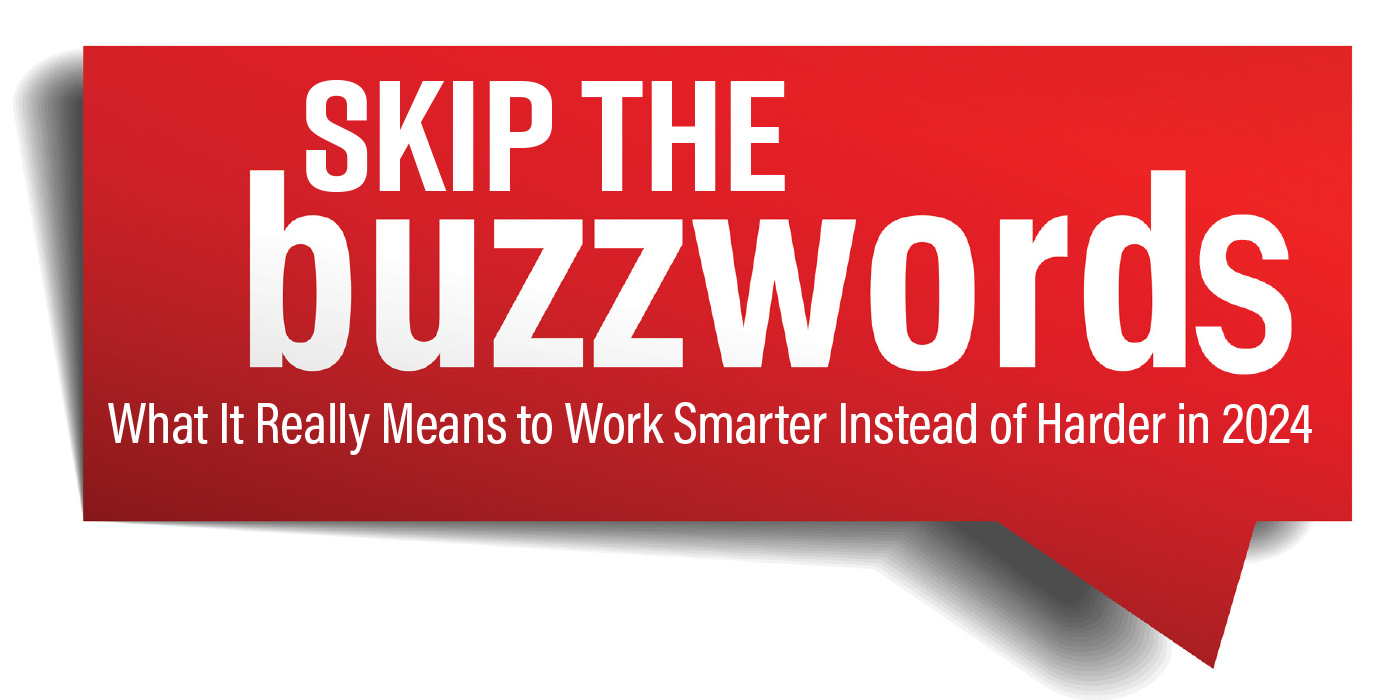Far too many shop owners will set an annual sales goal, and then simply divide that number by 12 to set their monthly goals. However, since this approach does not take the number of work days in each month into account, it is not the way that you should be setting your monthly goals, especially if your service advisers receive a bonus for hitting and/or surpassing monthly goals. With that said, I would suggest setting your shop’s monthly sales goals using the following method.
Grab a calendar and calculate how many days your shop will be open and operating during the year. Typically this number will be about 254 if you are closed on the weekends (365 days per year – 104 weekend days – 7 holidays= 254). You can further adjust for technician vacations if you’d like, but for our purposes, let’s use 254.
Next, divide your annual sales goal by the number of days you’ll be open during the year to calculate a daily sales goal. So if your annual sales goal is $1,200,000, divide that number by the 254 days you’ll be open to arrive at a daily sales goal of $4,724.41. When you’ve arrived at your daily sales goal, it’s time to set your monthly sales goals by multiplying your daily sales goal by the number of work days your shop will be open in each month. Since most shops will be open for 21 days this September, the September sales goal would be 21 X $4,724 = $99,212.61.
Calculating your monthly sales goals using this method will give you a much better idea of your shop’s performance each month than if you were to simply divide the annual goal by 12, and will give you a number that’s more fair to base your advisers’ bonuses on, so I would strongly recommend trying out this approach in your shop.
This article was contributed by Jim Piraino, a past superstar shop owner who now helps other shop owners 1-on-1 through the Elite Coaching Program.


